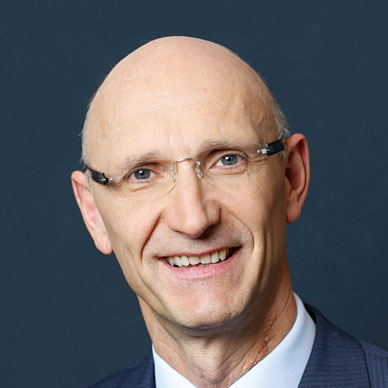Broadband,
Bavarian
style
There's nothing as annoying as websites that take minutes to load. Thanks to a Germany-wide initiative by Deutsche Telekom, achingly slow connections will soon be a thing of the past.
R oast pork for € 8.90, a magnificent view of the Alps and a yellow Rococo church with a green onion dome, right in the center of the village. Those looking for picture-post card Bavaria will find it in Maria Thal heim, located about 50 kilometers from Munich. Those looking for fast Internet access will not find it in Maria Thalheim, however. Correction: now they’ll find that, too! That’s because the 600 souls of Maria Thalheim, an upper Bavarian pilgrimage site, are now surfing the Internet at 50 megabits per second. And that has been made possible by the initiative “More Broadband for Germany” (“mehr Breitband für Deutschland” – MBfD), which is bringing fast Internet access to rural areas that lack the good service now widely available in cities. A total of 2 million households in rural areas have already received their fast connections. Deutsche Telekom had to lay 24,000 kilometers of fiber optic cable for that, and it plans to lay many thousands more.
As the example of Maria Thalheim shows, such ambitious broadband projects have to be cooperative efforts that include the affected communities and states. In this case, the initiative worked together with both the community of Maria Thalheim and the Bavarian state government. The effort has paid off, as the response in the area shows: many tourists now plan the next stages of their trips online, crafts men are now enjoying a new world of online orders and the town's citizens are loving the TV shows they’re now getting in HD. And of course the MBfD initiative’s success is not confined to Maria Thalheim, which is actually the 5,000th community to receive high-speed Internet service through the initiative.

We know that many of our customers are located outside of major cities, in rural areas. That’s why we’re committed to ensuring that rural areas also have access to the Internet and its full potential.
Timotheus Höttges
CEO at Deutsche Telekom
Fiber optic connections, broadband, 50 megabits per second – so far, so good. But more speed is possible! That is because the new fiber optic lines reach only to the communities’ serving area interfaces (cross-connect cabinets), while the lines from those distributors are still copper-wire lines, which are susceptible to electromagnetic interference known as “far-end crosstalk”. That susceptibility, in turn, reduces the achievable speed. A new technology known as “vectoring” is now expected to bring advances in precisely this area. Vectoring equipment can minimize far-end crosstalk, and it can be retrofitted to serving area interfaces. The goal now is to use such technology to achieve bandwidth of 100 megabits per second. Such vectoring upgrades are expected to reach 80 percent of all households in Germany by 2018, including many households in rural areas.